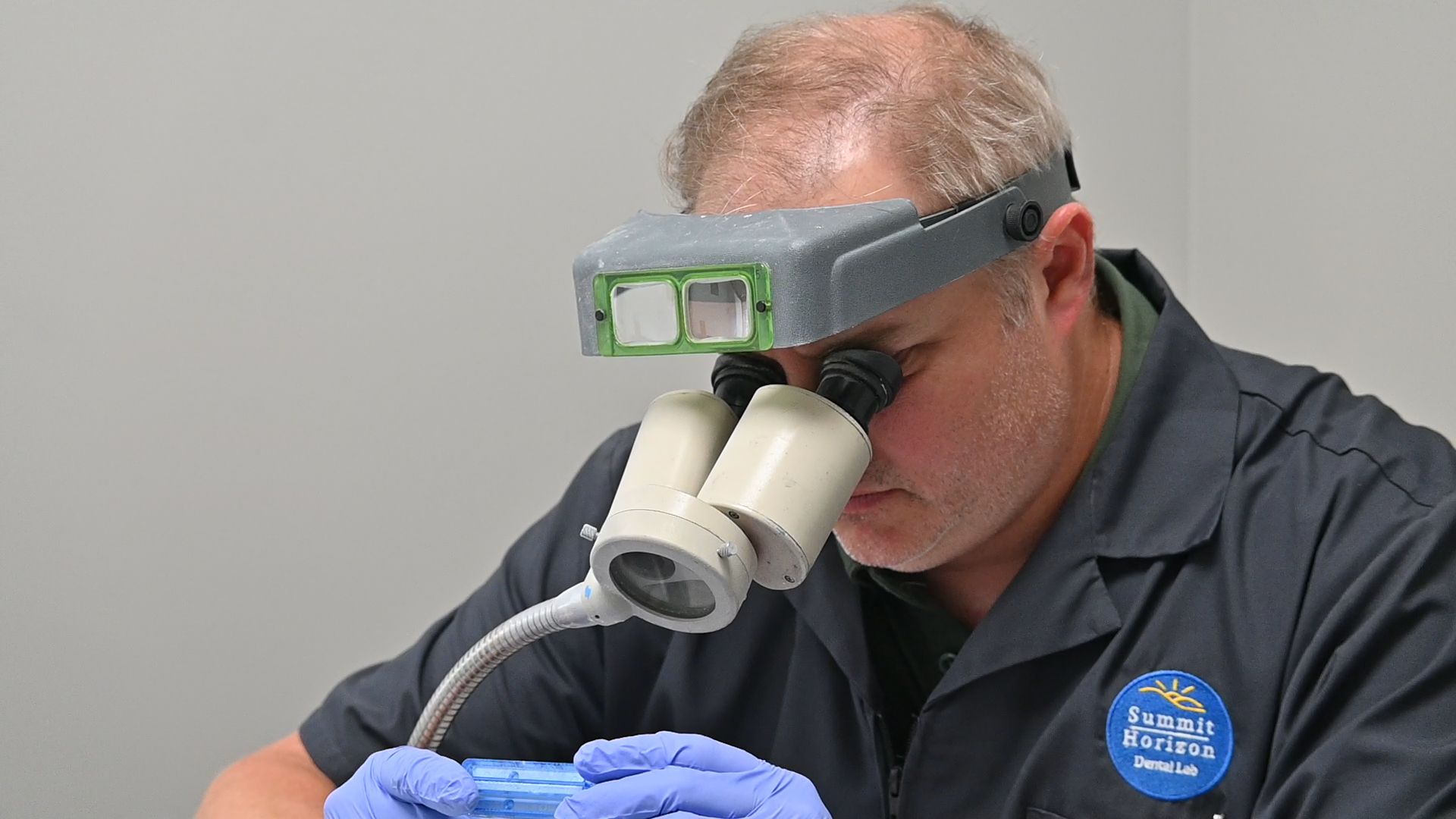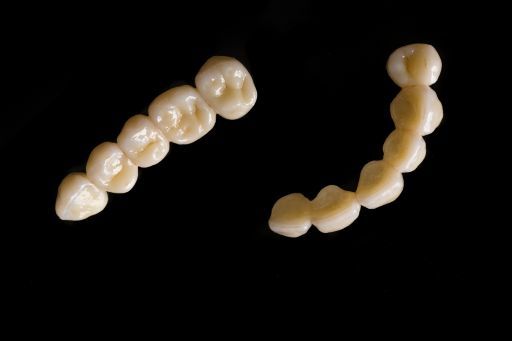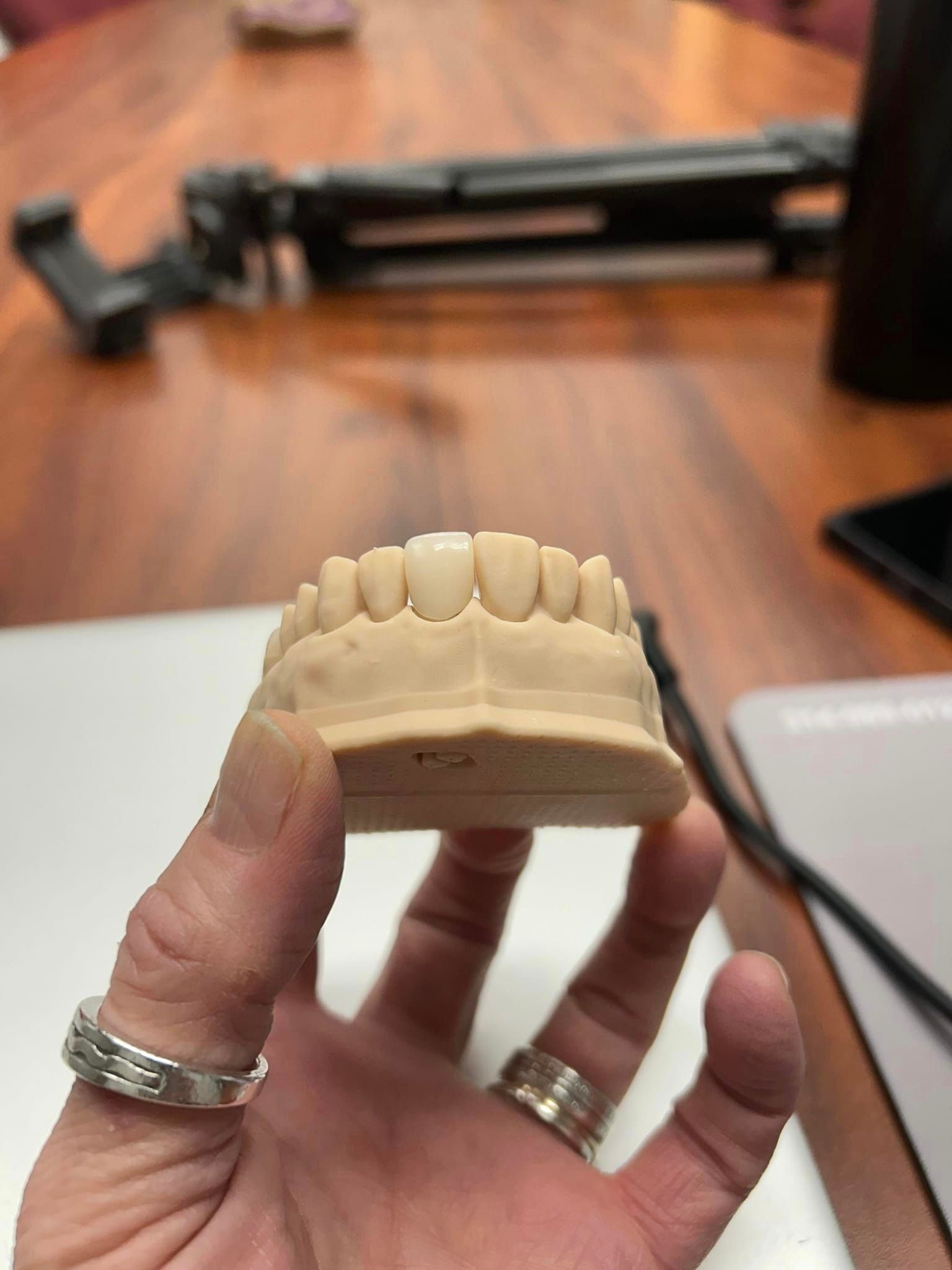The Evolution of 3D Printing in Dental Labs
Dental Labs: The Evolution of 3D Printing
In modern dentistry, technological advancements have played a big role in reshaping the way dental professionals approach diagnosis, treatment planning, and patient care. One such revolutionary innovation that has transformed the dental industry is 3D printing. Over the years, 3D printing has evolved from a novel concept to an indispensable tool in dental labs worldwide. In this blog, we'll take a deep dive into the fascinating journey of 3D printing in dental labs, exploring its history, applications, and the transformative impact it has had on patient care.
The Early Days of 3D Printing in Dentistry
The roots of 3D printing in dentistry can be traced back to the late 1980s and early 1990s when additive manufacturing technology was in its infancy. Dentists and dental technicians were quick to recognize the potential of this emerging technology to revolutionize their field. In these early days, 3D printing was primarily used for creating dental models and prototypes, enabling dental professionals to visualize and plan complex procedures with unprecedented precision.
However, it's essential to understand that the adoption of 3D printing in dental labs wasn't an overnight success. Early 3D printers were expensive, cumbersome, and had limited material options. Dental professionals had to grapple with a steep learning curve, mastering new software tools and adapting their workflows to incorporate this novel technology.
The Advent of CAD/CAM Systems
The integration of Computer-Aided Design and Computer-Aided Manufacturing (CAD/CAM) systems marked a significant turning point in the evolution of 3D printing in dental labs. CAD/CAM systems allowed dental professionals to create digital impressions of patients' teeth, eliminating the need for messy traditional molds. This not only improved patient comfort but also reduced the margin for error in the fabrication of dental prosthetics.
CAD/CAM technology paved the way for the seamless integration of 3D printing into the dental workflow. Dental labs began using 3D printers to produce a wide range of dental appliances, including crowns, bridges, veneers, and even dentures. The precision and efficiency offered by 3D printing led to faster turnaround times and better-fitting prosthetics, greatly benefiting both patients and dental professionals.
The Impact on Customization and Personalization
One of the most remarkable aspects of 3D printing in dental labs is its ability to deliver highly customized and personalized solutions for patients. With 3D scanning and printing technology, dental professionals can tailor dental prosthetics to each patient's unique anatomy, ensuring a perfect fit and natural appearance. This level of customization has not only enhanced the aesthetic outcomes of dental treatments but also improved the overall patient experience.
For instance, when crafting dental crowns, 3D printing allows for precise customization based on factors like the patient's bite, tooth alignment, and natural tooth color. The result is a crown that not only fits flawlessly but also blends seamlessly with the patient's existing teeth, ensuring both functional and aesthetic harmony.
Improved Materials and Biocompatibility
As 3D printing technology continued to evolve, so did the range of materials available for dental applications. Initially limited to materials like polymers and ceramics, 3D printing in dental labs now encompasses a broader spectrum of biocompatible materials, including titanium, zirconia, and various resins. These materials not only offer durability but also ensure that prosthetics are safe for long-term use within the oral cavity.
The introduction of biocompatible materials has expanded the scope of 3D printing in dentistry beyond crowns and bridges. Dental implants, orthodontic devices, and even surgical guides are now commonly produced using 3D printing technology. This versatility has transformed the way dental labs operate, enabling them to provide a wider range of services to meet the diverse needs of patients.
For example, titanium implants are known for their biocompatibility and strength. Using 3D printing, dental professionals can create patient-specific implant structures that match the patient's jawbone contours precisely. This level of customization not only enhances the success rate of implant procedures but also reduces healing times and post-operative discomfort.
Streamlined Workflows and Cost Savings
The integration of 3D printing into dental labs has streamlined workflows, reducing manual labor and the risk of human error. This efficiency has led to significant cost savings for dental practices, as it allows for quicker production of dental prosthetics and fewer material wastages. Ultimately, these cost savings can be passed on to patients, making dental care more accessible and affordable.
Digital Dentistry and Tele Dentistry
3D printing has played a crucial role in the adoption of digital dentistry and tele dentistry practices. With digital impressions and 3D printing, it's now possible for dental professionals to collaborate remotely, share patient data seamlessly, and consult with specialists worldwide. This has expanded access to expert care, particularly in underserved areas, and has become especially valuable during the COVID-19 pandemic when in-person visits were limited.
Challenges and Future Directions
While 3D printing has brought about transformative changes in dental labs, it is not without its challenges. The high upfront costs of 3D printers and materials, as well as the need for ongoing maintenance and training, can be barriers for some dental practices. Additionally, ensuring the security of patient data in a digital workflow remains a critical concern.
To overcome these challenges and continue advancing the field, dental professionals are actively exploring new avenues. Researchers are exploring new materials, such as bioactive ceramics, that have the potential to improve the integration of dental implants with natural bone tissue. Furthermore, advancements in artificial intelligence and machine learning are enhancing the precision of 3D-printed prosthetics and treatment planning.
Conclusion
The evolution of 3D printing in dental labs has reshaped the landscape of modern dentistry, offering unprecedented levels of precision, customization, and efficiency. From its humble beginnings as a novel concept to its current status as an indispensable tool in dental workflows, 3D printing has significantly improved patient care and expanded access to dental services. As technology continues to advance, the future of 3D printing in dental labs promises even more exciting innovations and possibilities, further enhancing the field of dentistry for both patients and dental professionals. With a rich history of development and a promising future of growth, 3D printing is undeniably a cornerstone of modern dental practice.
Share Post
Search Post
Recent Insights






